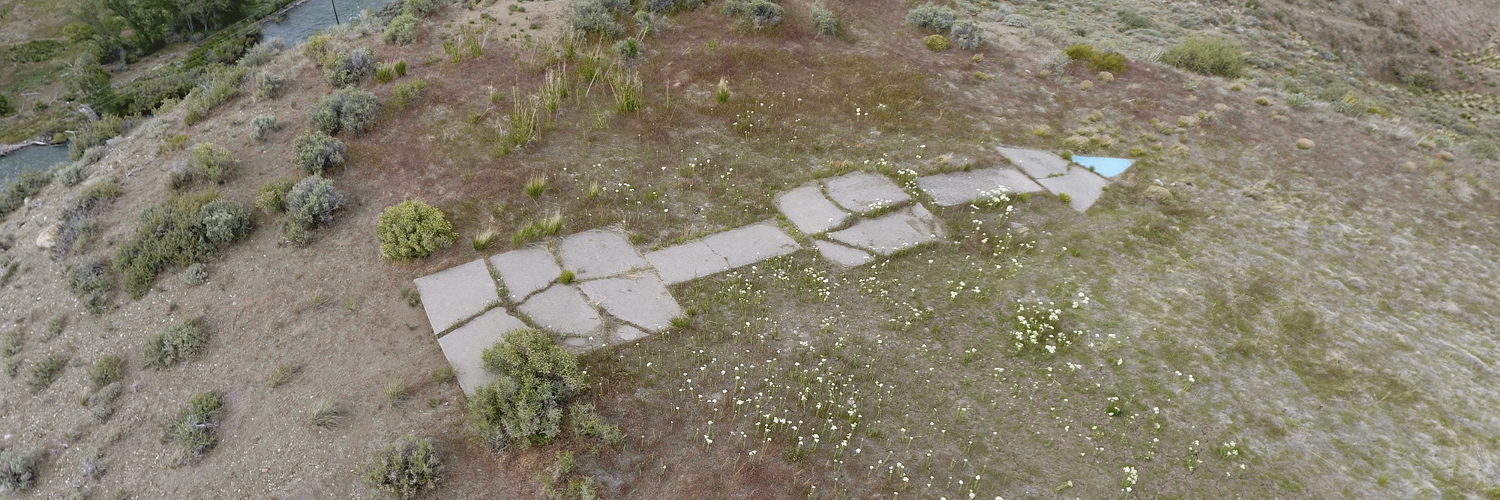This hidden, giant, concrete arrow was placed as a marker to guide airmail flyers in the 1920’s on their transcontinental routes between San Francisco and cities on the east coast. Installed before the advent of radar and instrument flight rules (IFR), the giant yellow arrows were installed with gas-powered beacons every 10 miles so that pilots could navigate 24 hours a day. The pilots flew in open-cock biplanes and were often compared to the famous Pony Express Riders. This was a major advancement for the time and allowed for faster mail delivery; previously, the fastest option was to send mail by train because, although trains were slower than airplanes, they could travel at night.
William Blanchfield, an Irish national that came to the US in 1921 after serving in the British Royal Air force during WWI, was appointed to fly the Elko-Reno leg of the airmail service in 1923; he was the first person to complete this leg of the journey, which took an entire day and night. Sadly, he died in a plane in 1924 and is buried at Mountainside Cemetery. Every year, the Sons and Daughters of Erin of Northern Nevada, a local Irish heritage group, commemorate Blanchfield by placing a shamrock from Ireland on his grave.
The navigation arrows became obsolete in the 1930’s when IFR were implemented and radar technologies were incorporated into aircraft. Many arrows were destroyed during World War II because of fears that they would aid enemy aircraft in navigating to large U.S. cities. The metal from the beacons were scrapped and used in the war effort.
There are more than a dozen of the arrows remaining across Nevada. The Steamboat Ditch Arrow is in west Reno and is located on a bluff above the Truckee River on the opposite bank from Mogul and can be accessed off the Steamboat Ditch Hole In the Wall Trail.

